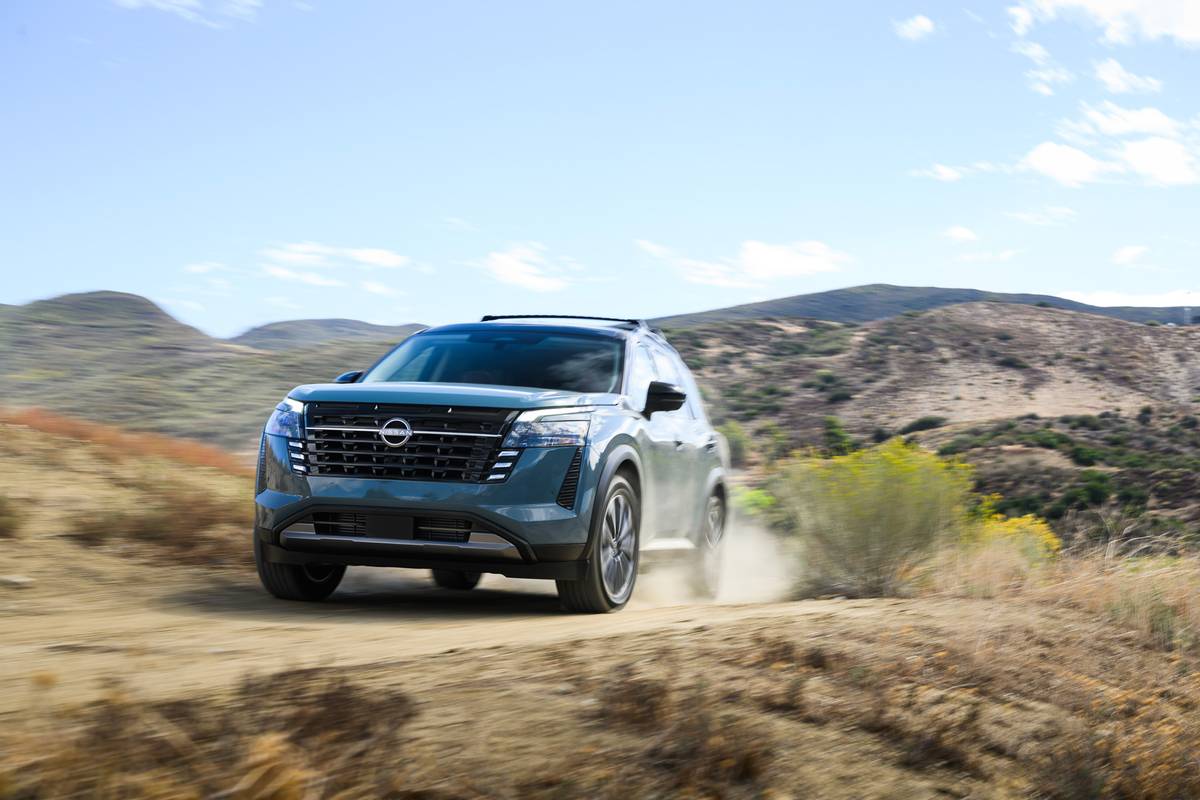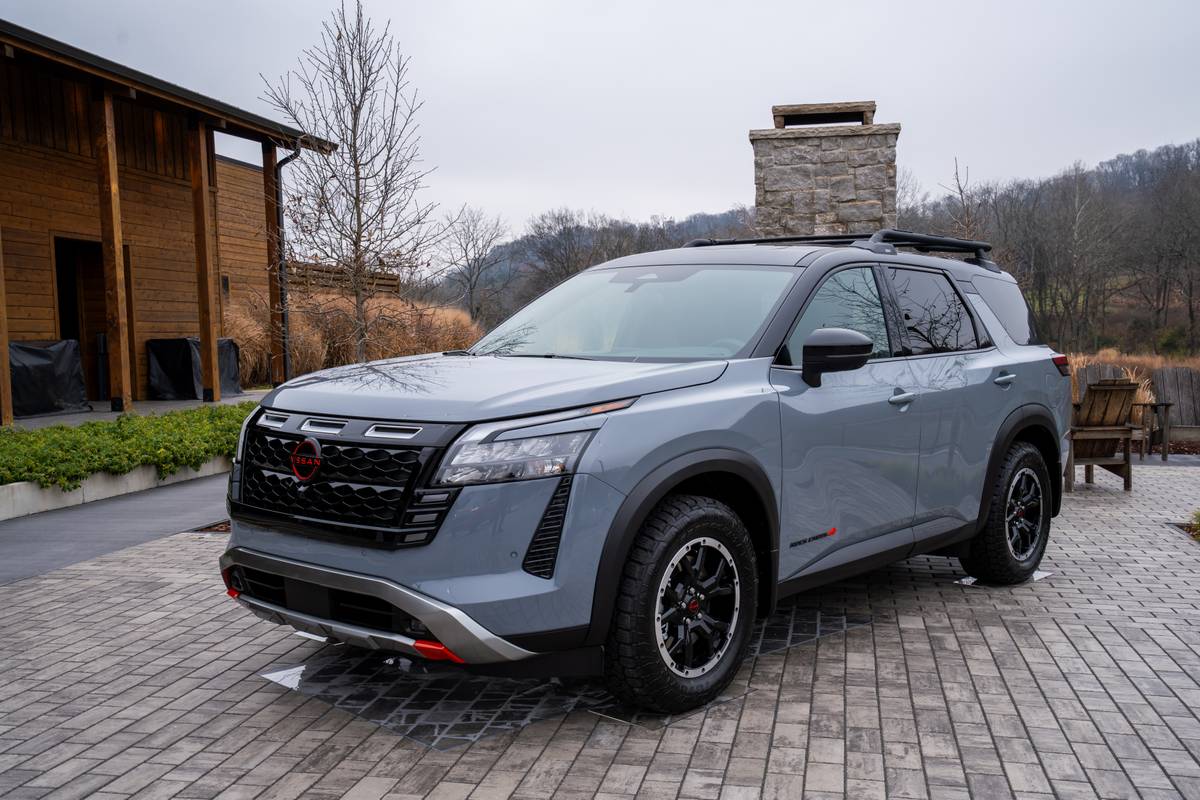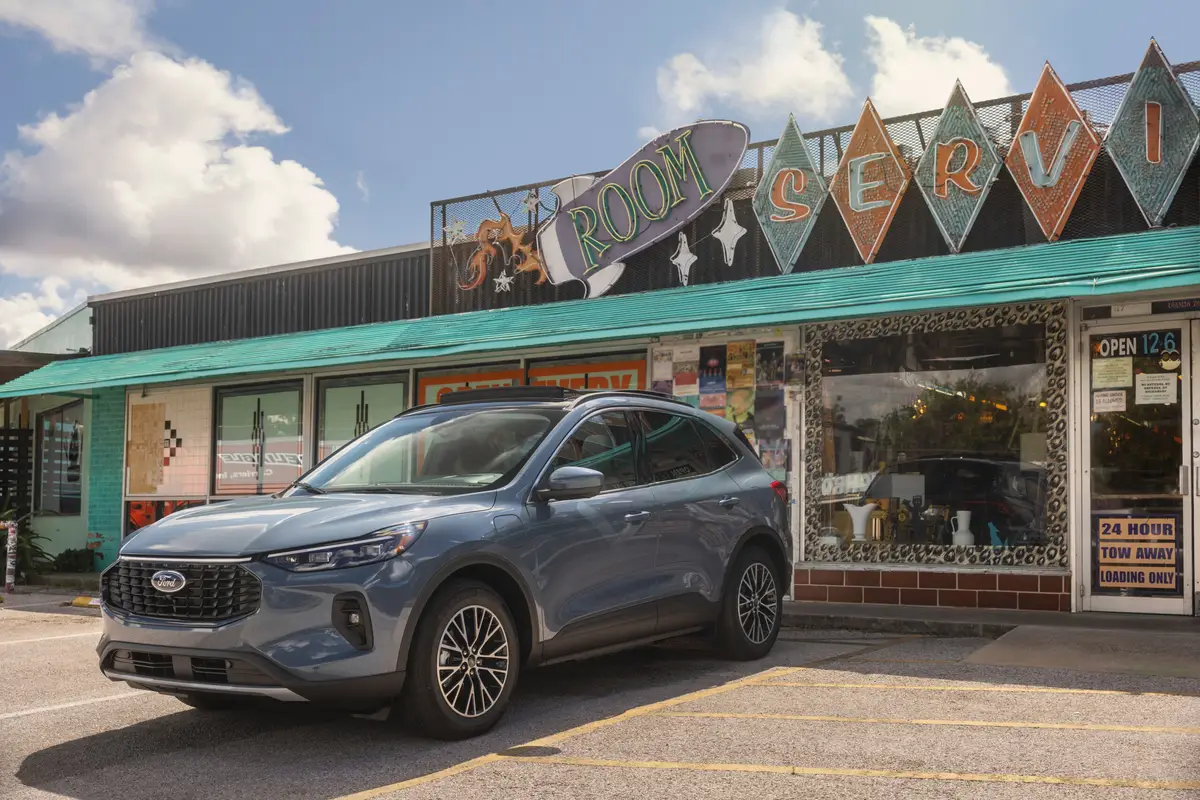The Morning Call and Mcall.com's view
At one time it was easy to recognize a sports car. It was a car with the maximum of driving enjoyment and the minimum of conveniences and comforts. The other type of car was just the opposite. But over the years the sports car became more civilized and certain other cars became more sporty. It is sort of like the old geometry theory that straight lines meet in infinity.
But have the sports car and the non-sports car finally crossed over each other? I’m not really sure. But I do know that there are cars labeled as personal luxury cars that have great handling and performance and there are cars labeled sports cars that have become a bit soft around the edges because of trying to appeal to a broader market. The whole question, perhaps, could be compared to ”gender benders” in rock music – who really cares as long as everybody is having fun?
This week’s test car – the Mercury Cougar XR-7 Turbo – could be considered a gender bender in the automotive world. Mercury describes it as a sporty luxury personal car, but the XR-7 Turbo masquerades as an all-out sports car, and does a good job of it at that. But, again, if you are having fun don’t worry about it.
This year’s XR-7 looks very much like the aerodynamic and stylish-looking car introduced in mid-1983 as an ’84 model. It still has that sloping hood, rakishly angled windshield, vertical back window and lean, long look. There have been some exterior changes that will probably help judges in antique car events 25 years down the pike, but for now will take a sharp eye to distinguish what and where they are. The grille has been changed slightly (it looks even more like a Mercedes-Benz grille), there’s a new tail-lamp design and new wheel covers (or optional polycast wheels). Inside, the most noticeable change is in the instrument panel. The XR-7 has a new analog performance cluster.
The Cougar has a wheelbase of 104 inches; overall length, 197.6 inches; width, 71.1 inches; height, 53.4 inches, and curb weight, 3,084 pounds. With an index volume of 107 cubic feet (92 passenger compartment, 15 trunk) the XR- 7 is three cubic feet short of being a mid-size car (110-120 cubic feet). So, it ends up being a roomy compact (100-110 cubic feet). Most of the room, however, is in the front seats. Driver and passenger have all kinds of space. The articulated seats look, act and feel like expensive European sport seats but are much cheaper; in fact, they are standard equipment. These seats have high side bolsters, thigh supports, lumbar supports and can be adjusted in a number of different ways. The test car had the power option, which meant that one does not have to strain in making these many adjustments. Back seat room is somewhat tight and best suited for small children or pliable adults.
The test car had the optional three-speed automatic transmission, which, of course, isn’t as sporty or demanding as the standar d five-speed manual, but is there for folks who don’t like to shift for themselves. All you have to do is put it in gear and hang onto the wheel. You do have to pay some attention to your driving since the car is set up for handling, and performance can be lively.
The XR-7 Turbo’s suspension system is quite sophisticated (other Cougar models have basically the same suspension but the XR-7 has more of it). Up front is a modified MacPherson system with ”Nitra-Cushion” front struts (Mercury’s way of saying the struts are gas-charged) and a stabilizer bar. The rear has ”Quadra-Shock,” a system developed by Ford and first used on the Thunderbird Turbo Coupe. The four-bar link, coil spring suspension features two hydraulic axle dampeners mounted horizontally toward the rear between brackets on the axle and body rails. The axle dampeners are similar in design to shock absorbers and, according to Mercury, help maintain dynamic stability of the rear axle duringc rnering and acceleration. The rear also has a stabilizer bar. Power-assist variable-ratio rack and pinion steering is used. Everything sits on big P225/60VR15 Goodyear Eagles which are mounted on 15 by 7 inch cast aluminum wheels. Very impressive.
Not surprisingly, the XR-7 Turbo can run the back roads, the interchange cloverleafs and curves and corners with the greatest of ease. Just how well it does all of these things will, of course, depend on the driver’s ability.
Turbocharged engines are no longer novelties, but they are still interesting. Turbocharging, which uses recycled exhaust gases to increase the air boost to the fuel system, is a way to have fuel economy and performance – although not at the same time. As an example, let’s take a four-cylinder engine with a turbocharger. Ideally, when a turbo is not in use, the car will get the fuel economy of a four-cylinder engine. When engaged, the turbo will increase the horsepower and provide more performance – for driving situations such as passing or getting onto a busy highway. To some this may seem like being all things to all men. Turbocharging may not match the brute power of a big bore V-8, but it is a dandy compromise.
The XR-7’s engine is a four-cylinder mill that measures 140 cubic inches (2.3 liter), which in various states of tune has been used in many Ford Motor Co. vehicles. In addition to its turbocharger, the engine features an overhead cam and electronic multi-port fuel injection and is rated at 145 horsepower at 4,400 rpm and 180 foot pounds torque at 2,800 rpm. (The version for the five-speed manual is rated at 155 horsepower at 4,600 rpm and 190 foot pounds torque at 2,800 rpm.) When the turbo is not engaged, the engine is pushing about 90 horsepower.
An inherent characteristic of turbocharging is turbo lag, which simply means that it takes a little while for the turbo to get going. To help reduce this lag, the XR-7’s engine features a ”blow-through” design, which, according to Mercury, places the turbocharger ahead of the throttle and provides faster response by maintaining a slight pressure in the inlet system to help overcome the low-speed lag. While all this is no doubt true, the test car was dead off the line. You have to tromp and keep your foot right in it to get that speed up. Once the big cat was underway, however, the throttle was quite responsive. No doubt the automatic transmission helps hold this engine back. (I drove a Turbo Thunderbird with five-speed manual in 1983 and it hardly had any turbo lag which surprised me at the time. And the engine in the Bird was a 145 horsepower version not the 155 horse engine offered this year with the manual transmission.)
Even with the initial lag, the test car still went from 0-60 in about 10 seconds. Fuel mileage was decent but nothing to give OPEC the sweats. The test car, using premium unleaded, averaged 15 miles per gallon for city driving and 22 mpg over the highway. No doubt the automatic transmission is taking its toll here.
Base price on the XR-7 Turbo is $13,599. Standard equipment, in addition to the turbo engine and sport suspension, included power windows, dual remote control power mirrors, analog instrument cluster, fog lamps, tinted glass and a bunch of convenience and trim items. The full price on the test car came to $16,710. This is getting up there a bit but it was even higher – $17,142 – before the special added discount of $1,220. The destination charge was $432 and options included: keyless entry system, $190; automatic transmission, $315; tilt steering, $110; cruise control, $176; dual power seats, $454; rear defroster, $140; air conditioning, $743; electronic AM-FM with cassette player and four speakers, $300; front pivoting vent windows, $79; premium sound system, $168, and power lock group, $213.
Latest news



